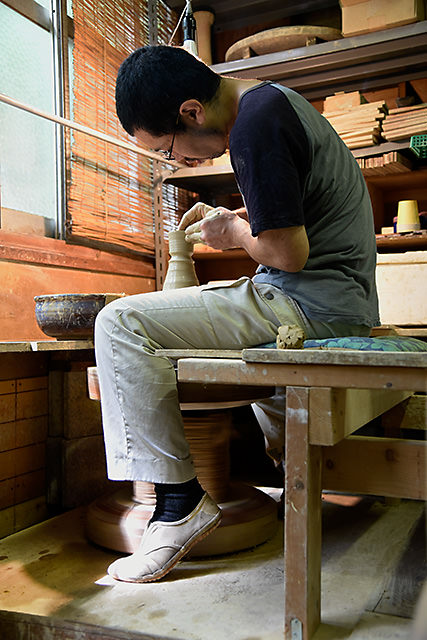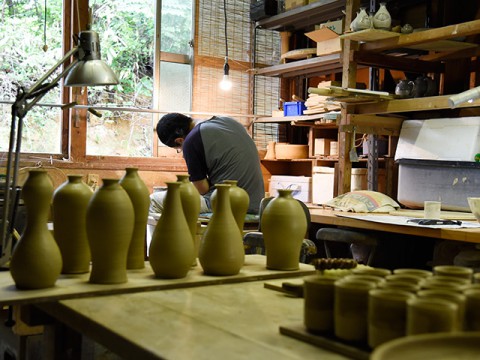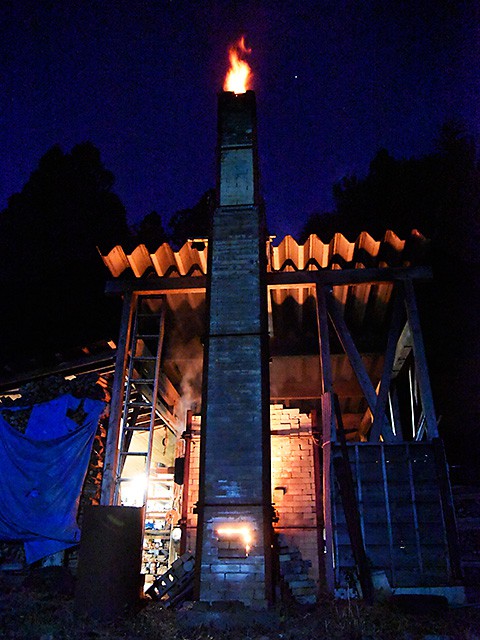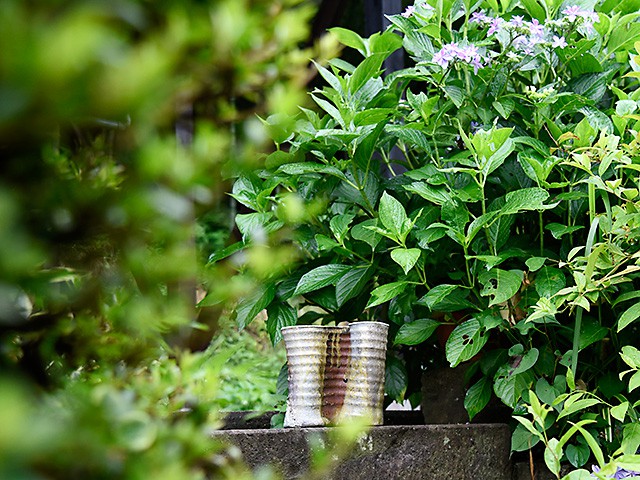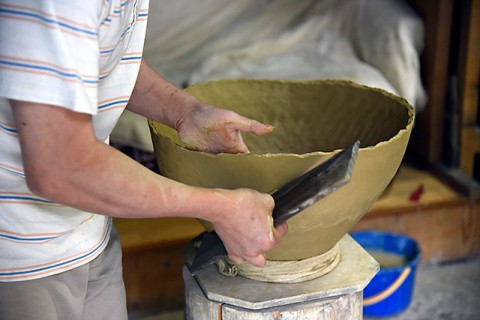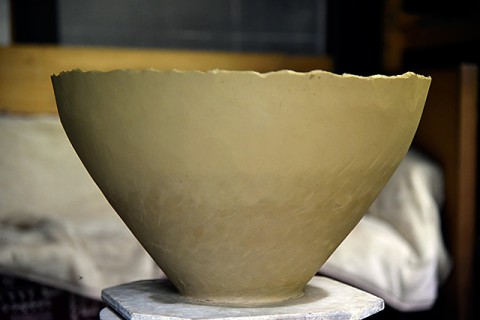Introduction to Contemporary Art
2016.08.03
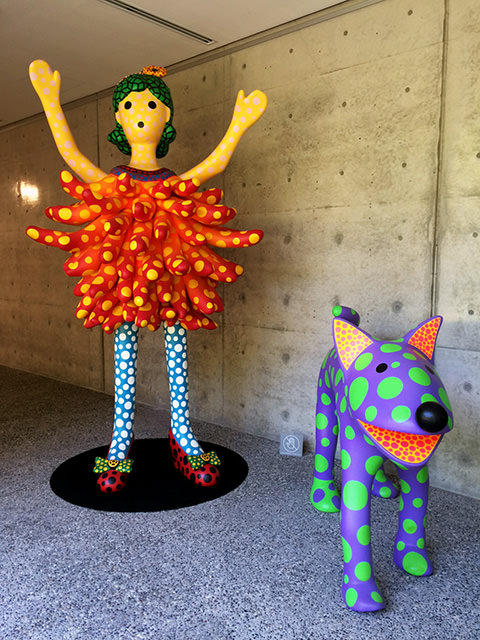
These are sculptures,
“Hi, Konnichiwa (Hello)! Yayoi-chan” and “Hi, Konnichiwa (Hello)! Pochi”.
I visited a contemporary art exhibition of Yayoi Kusama
at Kanazu-Sosaku-no-Mori (Kanaz FOREST of CREATION) in Awara City, Fukui Prefecture. *Photography allowed for these sculptures
It was strange for me to see Kusama's works for the first time even though I’ve always known about her. I enjoyed the contemporary art.
T.S
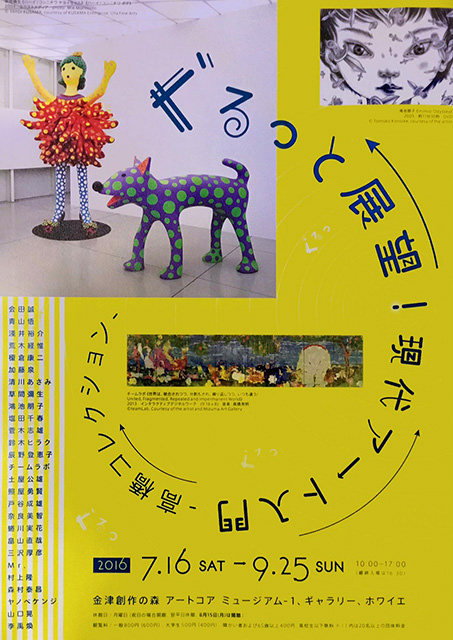
This is the leaflet of the exhibition,
“The Introduction to Contemporary Art"


